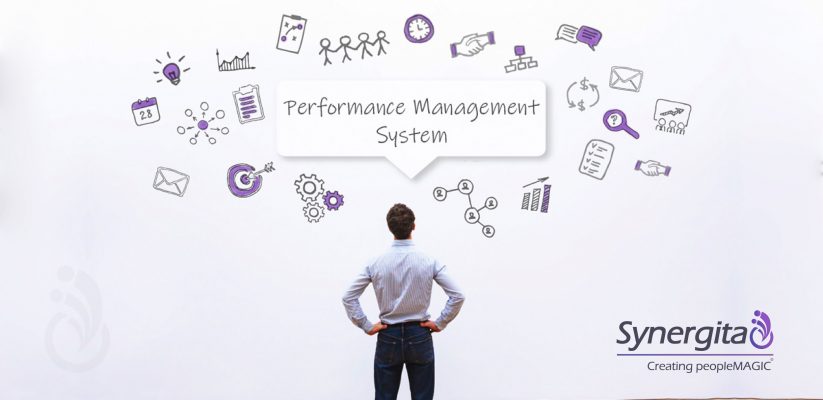How To Improve Performance Management Systems – Problems & Possible Solutions
Employee performance is directly related to business performance and growth. Therefore, prioritizing performance management problems is imperative if you want to improve your productivity and bottom line. Many organizations use archaic practices and stick to an annual performance appraisal system. Making a change to a modern performance management system seems more challenging to business owners. Let us help you understand these challenges and look at possible solutions. But before we go to the problems and solutions, it is best to know why performance management is essential.
Why Is Performance Management Important?
Organizations face difficulties attracting and retaining talent, grooming high performers into leaders, and developing a growth culture. All these elements are linked to the performance management of the workforce.
Performance management is the lynchpin to building a skilled and empowered workforce. Workforce talent is one of the greatest assets in an organization. The quality of your products and services is proof of the kind of employees. Therefore, managing your workforce is vital to creating an organization that has engaged employees. A good performance management solution that continuously assesses its employees and helps them grow is the best way to earn their loyalty.
As organizations continue to grow and respond to increasing customer expectations, the demand to provide high-quality products and services is also high. The traditional annual performance appraisal systems are becoming obsolete. With perceptions changing, and automation technology evolving, organizations are eager to adopt new methods and best practices to take their business to new levels. But, with new strategies, we also have a few challenges. Fortunately, these challenges are not without possible solutions.
Also Read: Tools and Techniques for Employee Performance Management
Let’s look at these challenges and how you can overcome them:
Setting goals and Milestones Clearly
Employees need clear goals and know the milestones they need to achieve. Organizations must also be clear about their objectives to be aligned with the employees’ goals. As employers, you must ensure that the goals are broken down into specific milestones for the employees to reach their goals within a particular timeframe. Once the employees have been given their clear goals, they can work focused.
Planning and Focused Strategies
Employees need more than a list of goals. They also need a strategy to help them stay focused on their goals. The performance management system must be aligned with the organization’s objectives to be effective. You also need to help the teams understand how their contributions add to the business goals. Then, make a plan to prioritize their tasks to keep pace with organizational progress.
Evaluation and Feedback
Timely, frequent, and continuous feedback is necessary to ensure that the performance management system is effective. Annual performance appraisal systems don’t always address the issues from the beginning of the year. And delayed feedback reflects the more recent performances. Instead, you should evaluate their performance frequently and provide constructive suggestions to change course if needed. This makes employees feel motivated and take ownership of their issues.
Coaching and Training
There’s always something new to learn and a need to upskill, especially in this constantly evolving digital landscape. Therefore, employee assessment is only effective when combined with regular training—and implementing learning and development programs to help the workforce grow individually and as a team is an excellent way to improve employee engagement.
Leadership and Management Support
Additionally, employees need to feel supported by the management. Performance management systems should offer employees the freedom to approach their supervisors or the administration with their concerns. Involving the organization’s leadership includes providing guidance and help to the employees. It is a great way to boost morale and make employees feel valued.
Reward and Recognition
Employees must be recognized openly and rewarded for their contributions if you want them to stay motivated and happy. Lack of appreciation can be demoralizing and lead to poor employee performance. Employers must ensure that there are structured processes in place to recognize an employee for their actions, achievements, and behaviors early and not wait for the end of the year.
In conclusion
Organizations must implement best practices and put their people and relationships high on their priority list. Keeping the whole process transparent will also alleviate the usual trepidation employees feel when it comes to employee performance management. Instead, you will have a workforce filled with employees who want to contribute to business growth with eagerness and enthusiasm.
Also Read: Performance Appraisal Methods That Boost Employee Performance
Also Read: 360-Degree Performance Appraisal Method Advantages and Disadvantages
Also Read: Benefits of Self-Assessment in the Performance Appraisal Process
Performance Management System Product Link Below:
Trial Link –> Click here
Demo Link –> Click here
Product Pricing –> Click here
Product Link –> Click here
